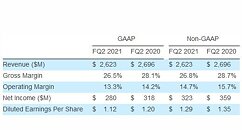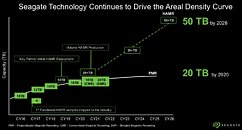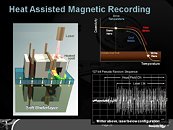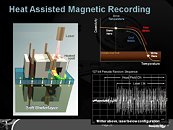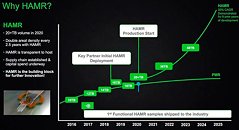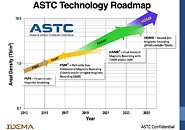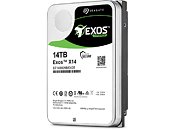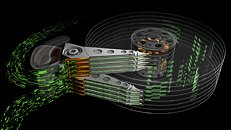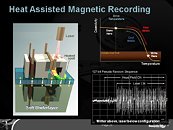
Seagate Technology Reports Fiscal Third Quarter 2024 Financial Results
Seagate Technology Holdings plc (NASDAQ: STX), the leading innovator of mass-capacity storage solutions, today reported financial results for its fiscal third quarter ended March 29, 2024. "Seagate's March quarter revenue grew 6% and non-GAAP EPS more than doubled over the December quarter as we benefit from improving cloud demand, our strong operating discipline and price execution. This combination sets the foundation for a return to target margin performance as the markets recover," said Dave Mosley, Seagate's chief executive officer.
"This constructive demand backdrop is well-timed as we prepare to ramp our Mozaic products, anchored by industry-leading HAMR technology. HAMR-based products offer compelling economic value for our customers and position Seagate to drive further financial performance gains, as well as capitalize on favorable long-term demand for mass capacity storage."
"This constructive demand backdrop is well-timed as we prepare to ramp our Mozaic products, anchored by industry-leading HAMR technology. HAMR-based products offer compelling economic value for our customers and position Seagate to drive further financial performance gains, as well as capitalize on favorable long-term demand for mass capacity storage."




















